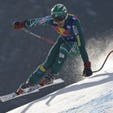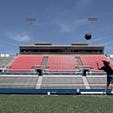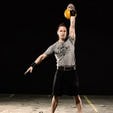Sports coaches have it all wrong; send your kid to a speed camp or dare to attend one yourself and after you watch the agility ladder/box drill/pro shuttle circus, you might assume athletic development is all about flashy footwork. Many athletes confuse demonstrations of fitness in agility drills with effective training to improve fitness.
How Does Real Agility Relate to Fitness?
 First, a definition: Agility is “the power of moving quickly and easily” (Websters).
First, a definition: Agility is “the power of moving quickly and easily” (Websters).
Second, a note: Weightlifting, kettlebells, gymnastics, and sprints can each independently, measurably improve your performance on any agility test.
Third, an argument: Because unrelated training directly improves “agility” performance without specific practice, drills only assess your functional agility and overall fitness, they do not improve it.
Several physical qualities comprise fitness. The fundamental qualities are strength, speed, muscular endurance, aerobic endurance, coordination, and balance. Movements like vertical jumps, agility drills demand many qualities to perfect.
An athlete wouldn’t expect much improvement to his vertical just by jumping around, so you shouldn’t expect agility drills to improve themselves either.
Drills do not challenge physical qualities at a metabolic or neuromuscular level; using the pro shuttle as an example, here is how each fitness quality effects test results.
Strength & Agility
In the pro shuttle, there are three distinct accelerations: the start and two turns. Substantial research documents that acceleration ability is strongly correlated to maximal strength. In order to improve performance in the 3 accelerations of the pro shuttle, an athlete should increase her absolute strength. This is best accomplished with progressive weight training, such as powerlifting.
Speed & Agility
In the pro shuttle, the athlete completes three straight-line sprints against a stop watch. Linear speed combines reactive and elastic strength, mobility, and coordination. The specific coordination, mobility, and elastic force production characteristics of sprinting are exclusively developed by sprinting. Hill sprinting, sled pulls, and starts from various positions will accomplish this.
Coordination & Balance to Increase Agility
In the pro shuttle, an athlete decelerates and changes directions twice. Body awareness and motor coordination limit your ability to change direction during the pro agility shuttle.
Body awareness and motor coordination develop during the learning of new physical skills, by loading complex movement patterns, and by moving large, asymmetrical loads. Single-arm and single-leg lifting, weighted carries, and bodyweight skills train dynamic management of the body’s center of mass. Swings, snatches, and Olympic lifting all train force absorption, which is relevant to deceleration.
So what is a coach to do with athletes that trip over themselves in agility ladders, roll their ankles in shuttles, and get dizzy doing dot drills? What are you to do if your agility tests aren’t up to snuff for your sport?
As an unconventional athlete, you already know the answers: get stronger; sprint; lift & carry odd implements (especially over your head!); practice your sport. Leave flashy agility drills to your weak, uncoordinated competitors and use your superior fitness to run laps around them on the field or dance circles around them in the ring.
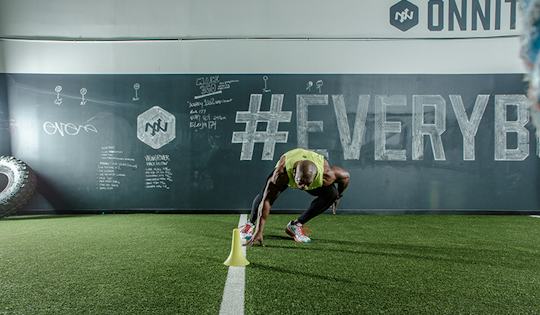
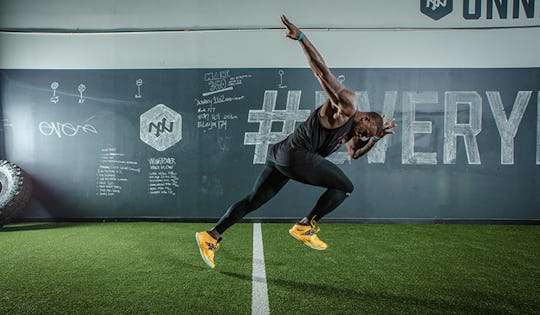
)
